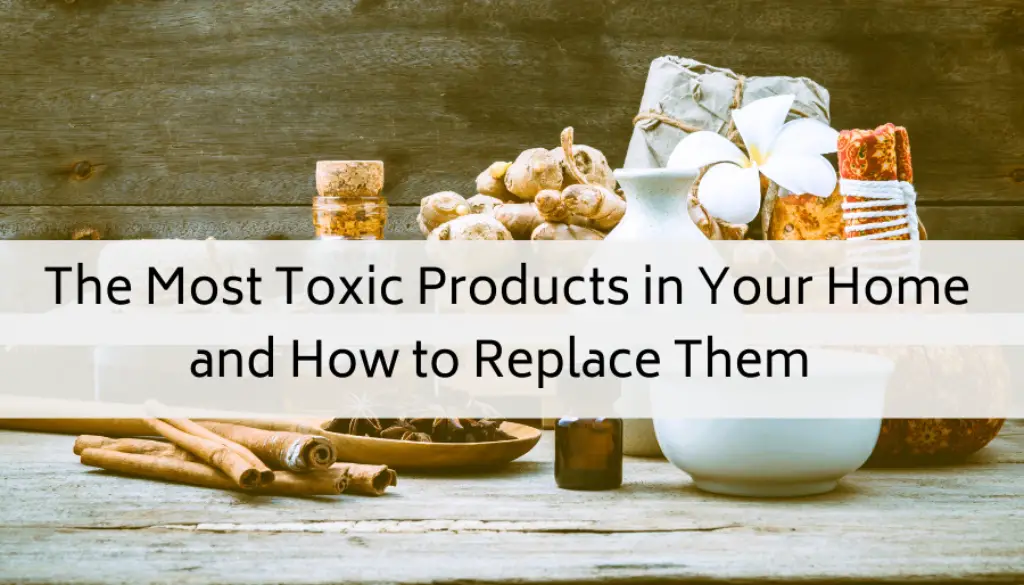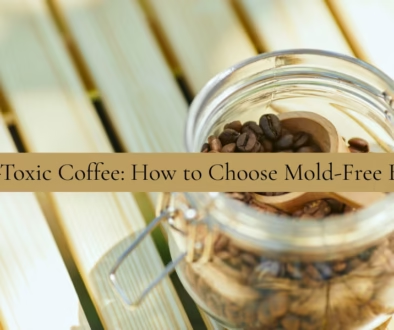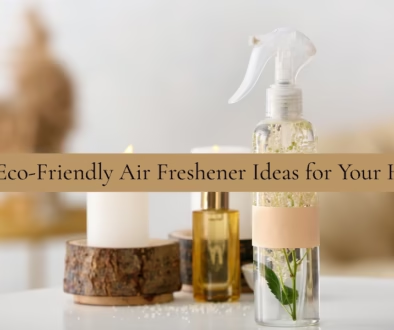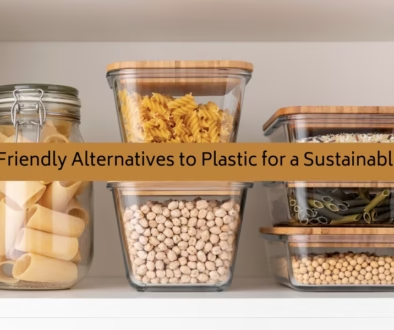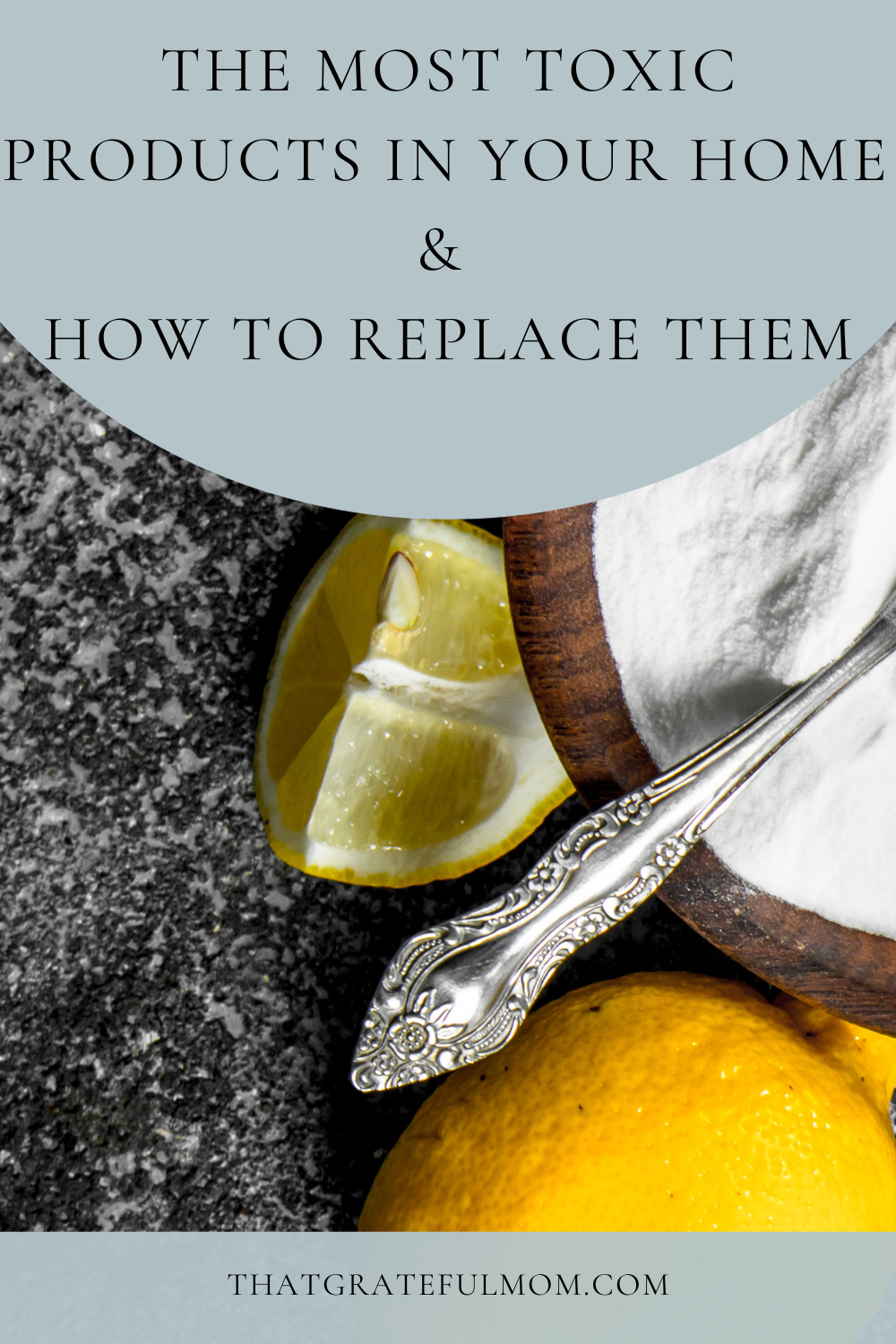
The most toxic products in your home and how to replace them
If living a non-toxic lifestyle and making changes in your home is new to you, this list of the most toxic products in your home will help you start your journey toward a healthier lifestyle. Once you learn how many harmful chemicals are in your products, it’s hard not to make changes and work to protect your family! I don’t think we should live in fear, but being aware and working to make changes is essential.
If you’re new to my blog, welcome! My name is Michaela, and I started this blog to share our family’s story, our non-toxic journey, and encouragement for moms who need it. Here are some of my recent posts:
The Ultimate Guide to Non-Toxic Makeup Products
Nutrition And Non-Toxic Living
Here are some of the topics we’ll cover today as you work to replace the most toxic products in your home:
Cookware
Plastic products
Air fresheners
Cleaning products
Laundry care
Personal care products
Feminine products
Water
Cookware
Nonstick cookware is among the most toxic products you’ll find in your home. It has become very popular because it is convenient to use and clean, but at what cost?
Nearly all nonstick cookware is coated in Teflon which is known for containing PFAs, or forever chemicals. While considered ‘generally safe’ as long as it doesn’t reach a temperature above 500 degrees, it doesn’t take long for a pan to reach those temps and cause potential harm. When it does reach those temps, the coating that creates a nonstick surface breaks down and releases toxic chemicals linked to higher risks of cancers, infertility, thyroid disease, and more.
We use stainless steel pans and use this hack to make it nonstick.
Here are some great alternatives to nonstick pans:
Plastic products
I feel like it’s old news that plastic is bad for us, but in case you’ve never heard this before, many plastics contain phthalates (pronounced thal-ates), which help make them more flexible. Unfortunately, these chemicals are linked to infertility, brain damage, and more. Many plastics also contain BPAs with similar health issues, and even items labeled ‘BPA-free’ often contain replacements like BPS and BPF that have similar adverse effects on our health. When using these items to store food or drinks, the chemicals can leach into and contaminate our food.
There are multiple alternatives to plastic products for drinkware, cookware, food storage, and more.
Here are excellent alternatives for all your food and drink storage needs:
Laundry care
Nearly all laundry detergents on the market contain hazardous chemicals like synthetic fragrances, Formaldehyde, sulfates, Quats, Dioxane, and more. Many harmful chemicals are linked to neurological issues, cancers, infertility, kidney issues, decreased lung function, and respiratory distress. It’s frustrating how few regulations are in place to prevent harm, and choosing a safe product that still works is difficult. I started making my own detergent about 6 months ago and have no regrets. It’s a simple recipe with only 4 ingredients. Click here to read the directions and make your own detergent!
If you’re not interested in making detergent, here are a few safer alternatives for laundry detergent:

Air fresheners
Unless you use essential oils or plants, chances are the fragrance is synthetic and can potentially contain thousands of chemicals that are harmful to your respiratory system, liver, kidneys, and central nervous system and are linked to cancer. Because the word ‘fragrance’ is used for more than 3,000 possible chemicals, I am too uncomfortable using these products and instead opt for diffusing essential oils. My favorite brand is Young Living, but if you’d prefer to purchase from Amazon, I’ll link some options available there, too.
Cleaning products
You might have seen this one coming! Among the most toxic products in your home is your cleaning products! It seems like an oxymoron, but it’s essential to consider. Using bleach to disinfect your whole home may be tempting, but it’s unnecessary! If you’ve had a severe bug, have an immune-compromised family member, or another serious situation, disinfecting your home is unnecessary.
Swapping cleaning products for safer, less toxic alternatives is one of the most important things you can do to swap out the most toxic products in your home, as constant exposure to these harmful chemicals can accumulate and add to your toxic load. Swapping to non-toxic alternatives is crucial to help reduce your toxic load and prevent further harm to your health. We have started making our own cleaning supplies using baking soda, vinegar, and alcohol, and you can read more about that here. Still, if this is not something you are interested in doing, I suggest researching these brands for products:
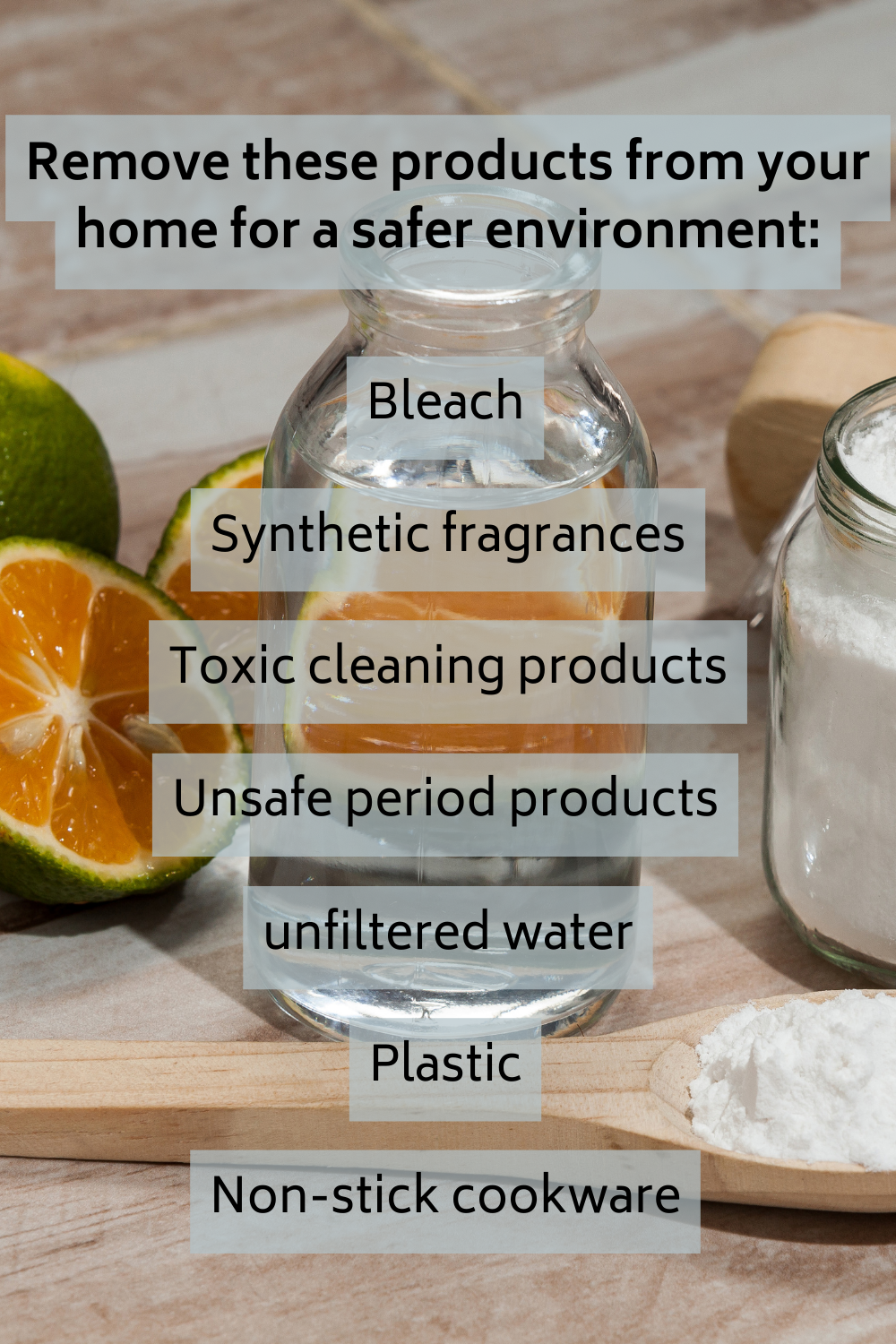
Personal care products
This is a broad area to consider, and it can feel overwhelming working through making changes, but it’s necessary on your journey to identify the most toxic products in your home and replace them. If you pull out every product you use to get ready each day, the chances are high that they’re riddled with harmful chemicals. In fact, the average woman exposed herself to over 160 chemicals every day before she even leaves her home. Even items labeled ‘green’ or ‘clean’ are actually just as toxic as conventional products and contain chemicals linked to health issues like cancers, reproductive issues, endocrine disruptors, and organ damage. There are dozens of safe brands out there, but some of my favorites are:
If you need more guidance making changes and learning which brands you can trust, my Reduce Your Risk Kit is for you! In this kit, you’ll learn how to make changes in your home for everything from personal care, beauty, cleaning, laundry care, and household products and recipes for some of my favorite personal care alternatives. Click here to snag a copy!
Feminine care products
Choosing non-toxic period products is one of the most critical decisions you can make as you work through replacing the most toxic products in your home. Many feminine products contain forever chemicals, unregulated ingredients, fragrances, and preservatives. Chemical exposure in such a sensitive area of the body is dangerous and linked to serious health issues, including cancer, endocrine disruption, and more. To avoid these issues, here are some safer alternatives to consider:
Water
We use water to drink, cook, clean, shower, bathe, flush toilets, water our plants, and more. Tap water is contaminated with heavy metals, fluoride, chlorine, pharmaceuticals, and VOCs. Many of these contaminants are linked to serious health complications, including cancer. The best way to protect yourself from these contaminants is to filter your water. If a whole home filter is not an option for you right now, that’s okay! There are other options available that are affordable to start protecting your drinking and cooking water.
Here are my favorite options:
Reverse Osmosis Under Sink Filter
Conclusion
Remember, when working to replace some of the most toxic products in your home, it’s okay to take things slowly and focus on one product at a time. It can be tempting to throw everything out and start fresh, but it’s unnecessary. Work through this list one area at a time, and be proud of the changes you’ve made so far!
Thank you so much for being here today! I hope this post has encouraged you to make changes and feel good about your progress. Please remember to pin this post to your favorite board on Pinterest.
Until next time,
-M
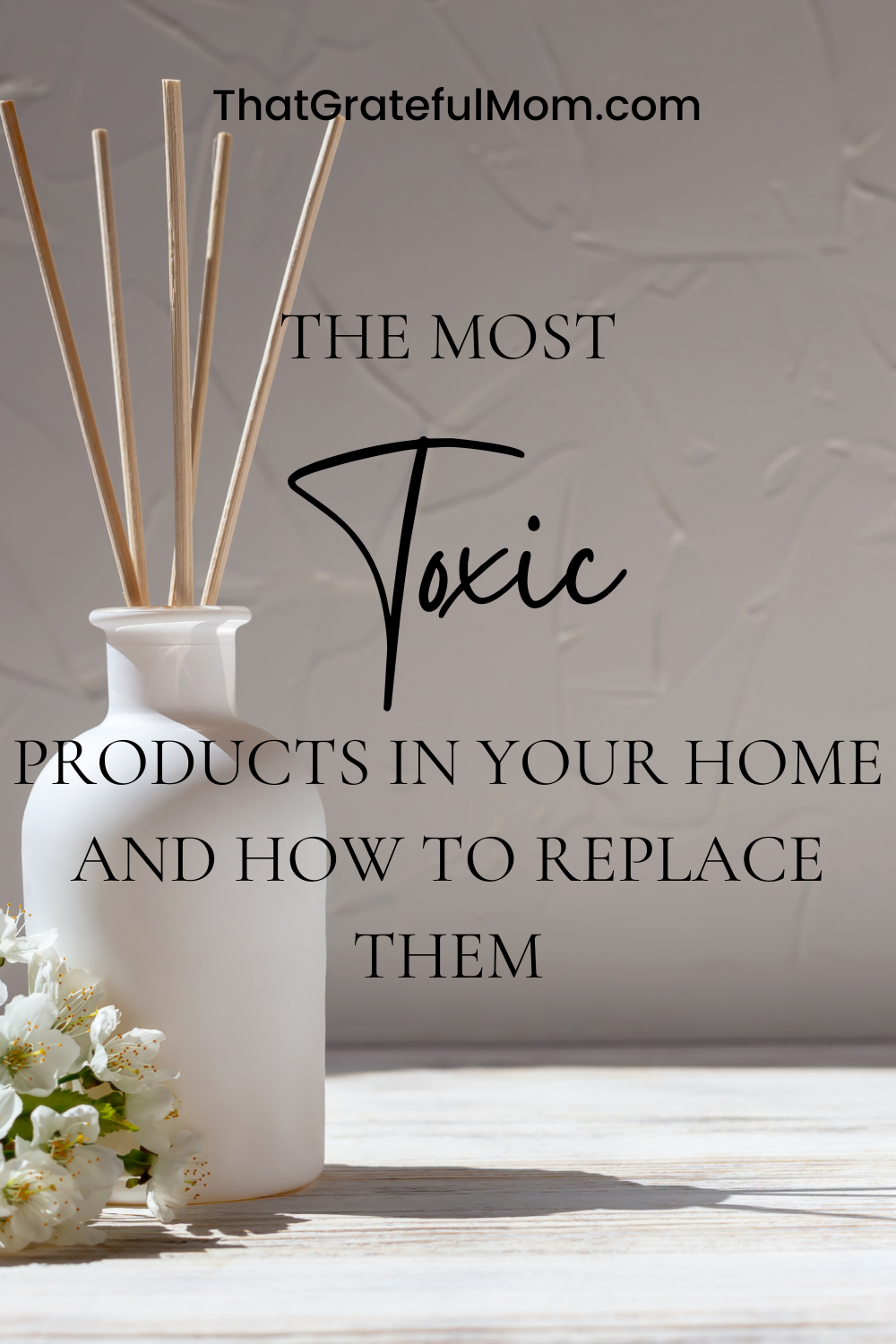
This site may contain links to affiliate websites including Amazon. I may receive an affiliate commission for any purchases made by you through Amazon or other potential affiliates and no additional cost to you. Thank you for your support.

